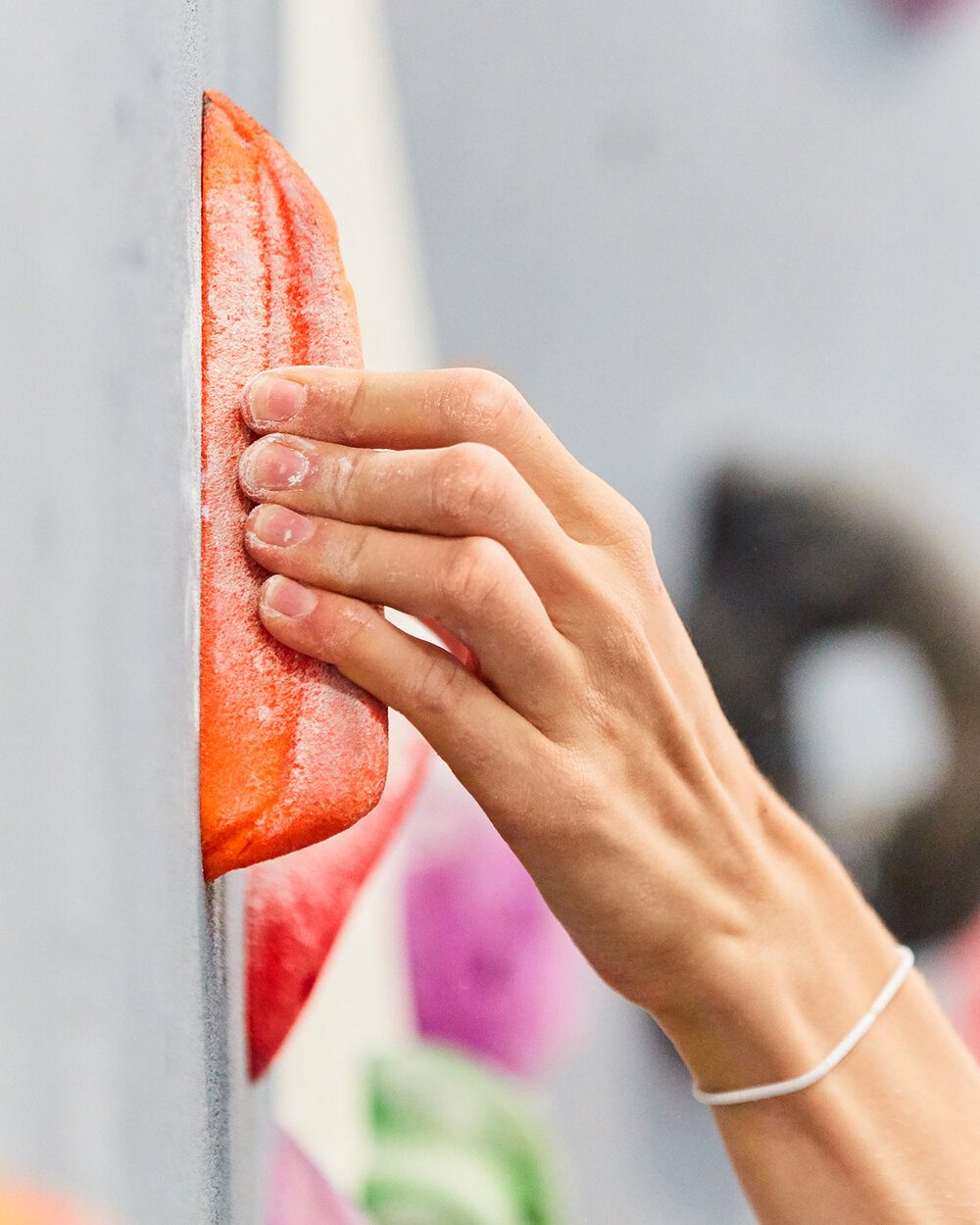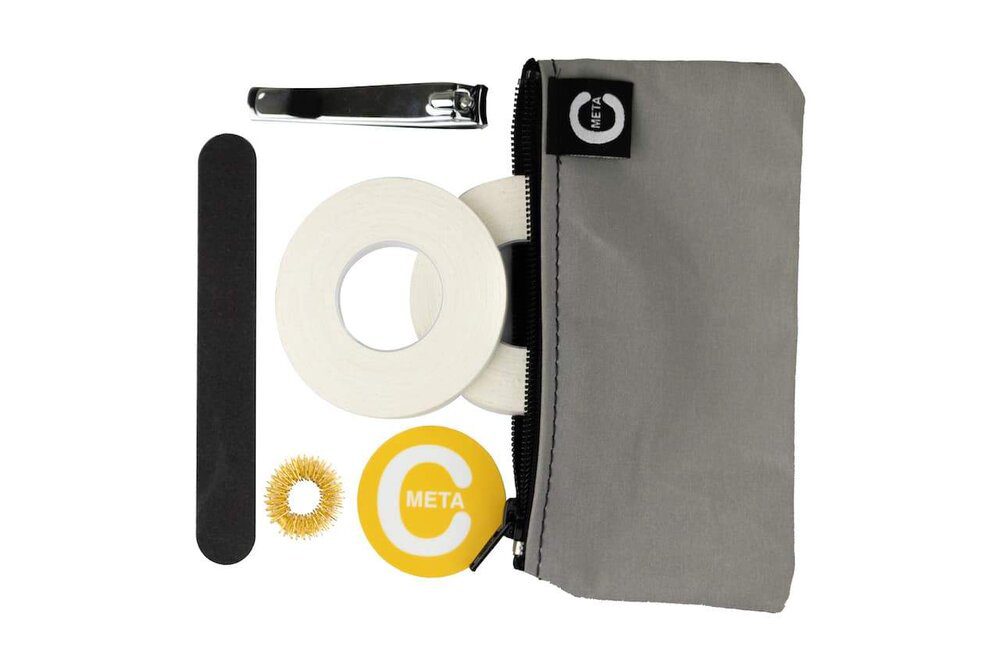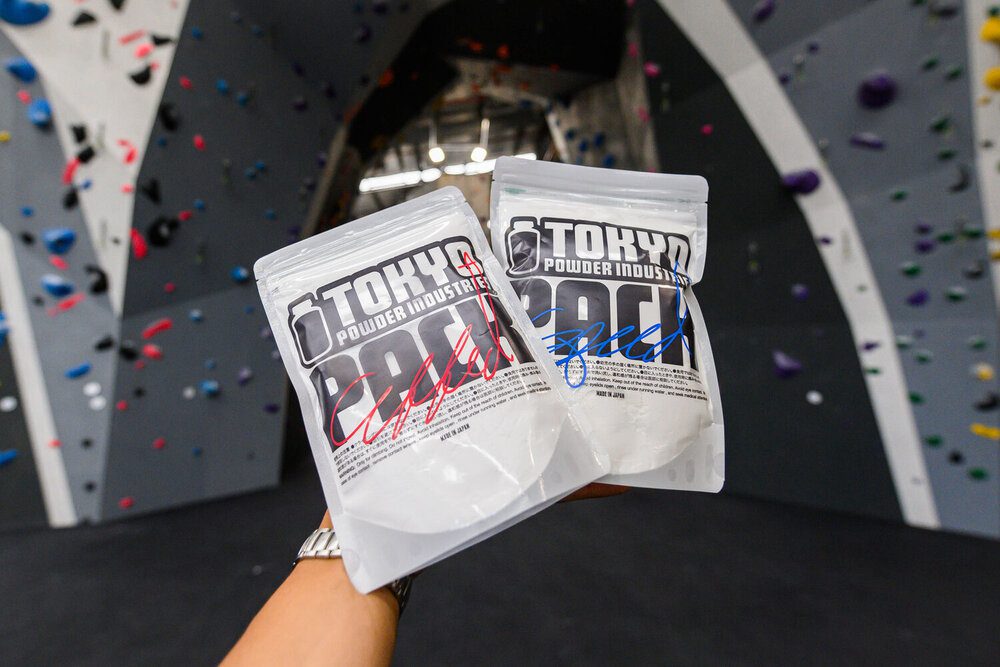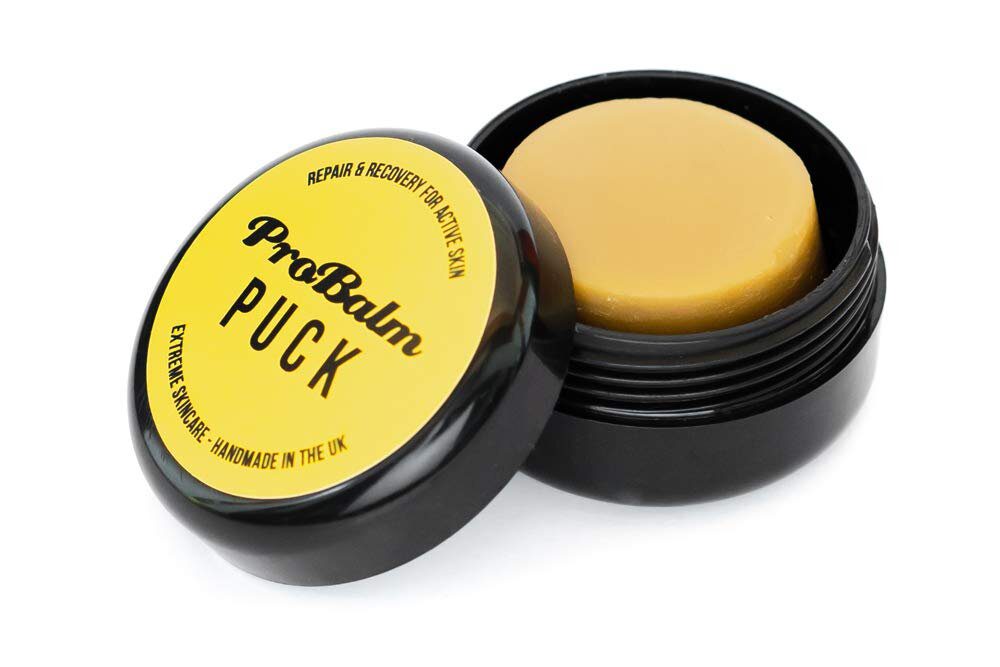
Eek, the sound of nails scraping against the climbing wall isn’t a pleasant one. However, don’t go clipping your nails off altogether; check that you leave a little bit of white nail; however, if you’re still scratching the wall, you didn’t trim enough, but If your nails sting once you’ve clipped them then you took off too much.
About one to two hours before your climb, moisturize your hands so that your skin will be well hydrated, doing it a few hours beforehand will mean your skin will be elastic by the time you begin to climb. Elastic skin won’t crack and split that easily, whereas rock-hard “plastic” skin will tear and pop open. However, when moisturizing before you climb, don’t use a wax-based cream as your hands will be very slippy.
Hand care for climbers is so important before, after and during your climb. Make sure that after your climb, you wash your hands as there will be chalk, dirt, sweat, and grease all over them. Together, these will dry out and irritate your skin, so you need to make sure that you clean your hands with soap and cold water once you’re done climbing.
As already mentioned, hydrated skin is less likely to crack and peel than dry skin, and one of the simplest ways that you can keep your hands hydrated is to use climbing salve, climbing balm or lotion before bed. Experiment with each to work out which one works best for you. Some people like salve and others prefer lotion.
Hand care for climbers gets more complicated as you have to think about flappers too. Flappers happen once a callus catches and tears on a hold. They’re more likely to happen when your calluses are big and sticking out.
You can, therefore, limit the number of flappers you get by filing down your calluses so that they are level with the rest of your skin. Filing your calluses is pretty straightforward. You’ll want pumice or a skin file, then, merely file them down once they begin to protrude. Don’t file them down too much, however, and take them away entirely, just so that they are more level with the rest of your skin.
Some people prefer to do it after or during a shower when their skin is wet as they find it more manageable. So, try different ways to see what works for you. Also, don’t be afraid to file your calluses down mid-climbing session. If you notice one of your calluses sticking out while you’re climbing, then pull out your filing tool before you get a flapper.
The perfect accessories pack for any climber! Keep all your essentials in one place with our custom case, handmade in Australia from recycled canvas and built to last with a heavy-duty YKK zipper. It contains everything you need to get your skin and hands ready to climb:

1 x Heavy duty nail clippers to tame those toes and fingernails
1 x Long lasting wooden emery board to smooth your calluses
2 x 13-metre rolls of our durable thin finger tape
1 x Finger massager to get your fingers warm
1 x Climbing meta sticker (because we know you want one)
Climbing chalk acts as a drying agent; however, if your hands don’t sweat that much, then these styles of chalk will dry them out and cause them to chap.
There are different types of chalk so try out a few to see which one is right for you. If you think that your chalk is making your calluses worse, try a new one... Liquid chalk is another choice which might suit you better.
Before chalking up with loose chalk; it lays down a kind of foundation to keep your hands drier longer. However, it’s simply alcohol and chalk. Therefore you can try making your own.

Chalk - an essential piece of climbing gear. Dozens of variations and brands exist… though surely there’s not much between them? After all, chalk is chalk is chalk, right? Well, yes... and no.
The human body is an incredible factory of all sorts of sweat and oils that ooze from your skin, and chalk is quite simply used by climbers to absorb that moisture on your hands to help maximise the friction between your skin and the rock.
It sounds simple enough, however, there’s more to it than grabbing some blackboard chalk, running it through a blender and thinking your rainbow handprints up the wall are the best thing since sliced bread.
So with chalk being such a necessity to climb - it comes as no surprise to find dozens and dozens of chalk products that are basically the same thing… Or are they? find out more here
Prolonged exposure to hot water softens your calluses and causes that skin you worked so hard to loosen. Loose calluses are far easier peel off or get torn off. So, if you’re keen on keeping your calluses in their best form, limit the amount of your time, your hands are exposed to hot water. Practically speaking, this means that you should take shorter showers and wear rubber gloves when you’re doing the dishes. You could, if you’re that bothered, take cold showers and wash your dishes in cold water. Also, make sure to avoid hot tubs.

ProBalm 30G Puck - A handmade skin balm with 100% natural ingredients including jojoba oil, grapeseed oil, and propolis beeswax
No matter what type of skin you have, you should always moisturize on the day before climbing. Always moisturize before going to bed to get the best results. You can try Pure vitamin E, but don’t put it on before a climb.
ProBalm 30G Puck | 100% Natural Extreme Skincare | Made With Jojoba Oil, Grapeseed Oil, Propolis Beeswax
A handmade skin balm with 100% natural ingredients including jojoba oil, grapeseed oil, and propolis beeswax.
The unique combination of essential oils work to protect and nourish your skin to get you back in the game.
Speeds up the recovery rate of your skin; perfect for climbing, skiing, snowboarding, running, swimming and general exercise recovery.
If you’re going to be exercising, then don’t think that you can eat what you want. You’ll have a much better climb if you eat well anyway, but greasy foods can also have a negative effect on your skin and therefore your hands. Make sure that you get some fish oil into your diet as this helps you to maintain healthy skin thanks to omega-3 fatty acids that regulate oil production and have anti-inflammatory and antioxidant properties.
Like with anything, drinking water is really good for you, but did you know what it does have a considerable effect on your hands too? If you pinch the back of your middle knuckle and a little ridge of skin stands up, then this means that you’re on your way to being dehydrated. As we know, hydrated skin is more resilient to tears, especially in dry environments, so do your whole body a favour and drink more water. It’ll make you feel good too.